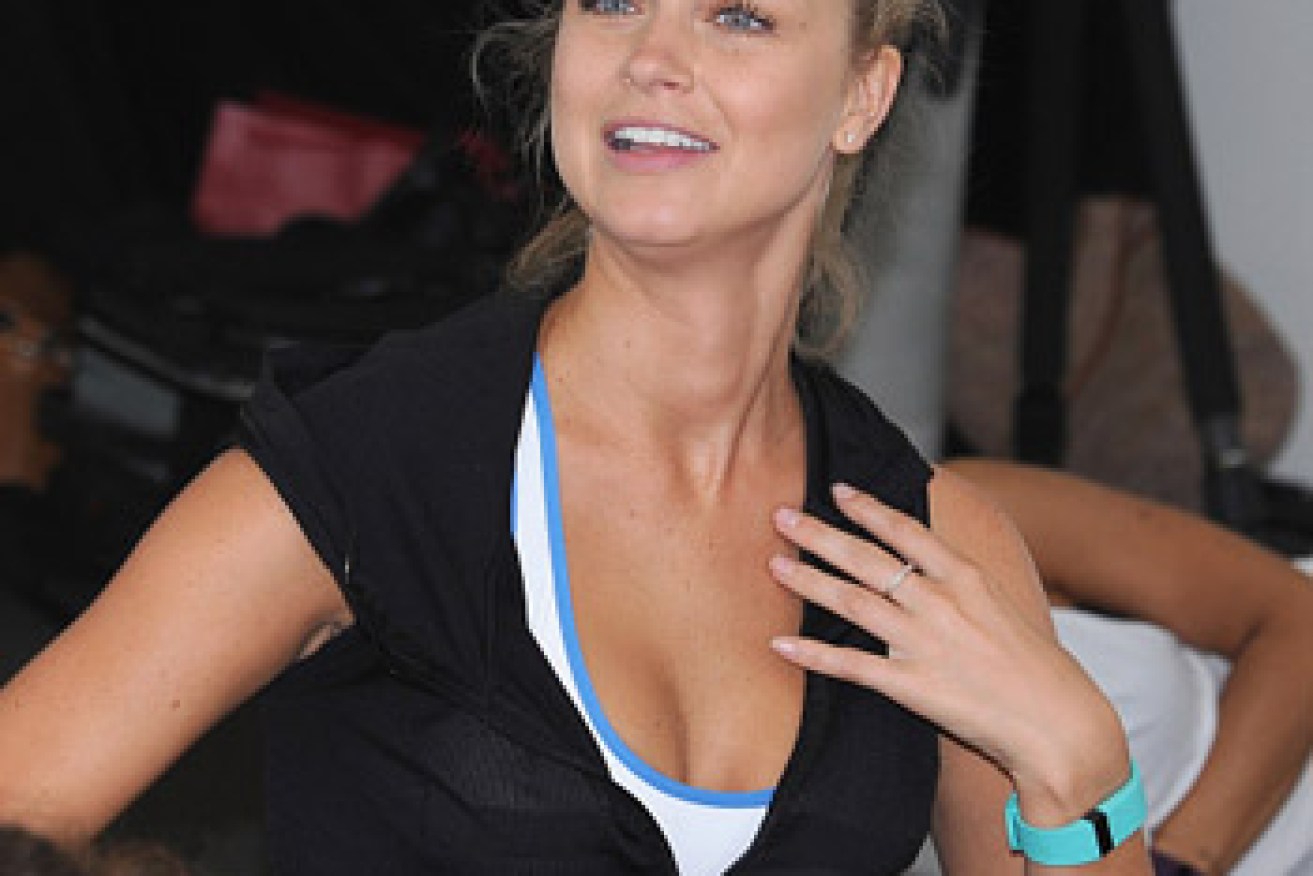How exercise can prevent breast cancer


Dr Lynch's latest study is testing whether wearable technology can help with increasing exercise. Photo: Getty
What do cigarettes, sun-baking and paint fumes have in common? They all cause cancer, according to the World Health Organisation.
With the list of things we shouldn’t do growing each year, it can feel like there’s not much we can proactively do to prevent cancer.
• The breast cancer symptoms you might not know
• The best exercise for every age group
• How a blood test could detect cancer early
But Dr Brigid Lynch, senior research fellow at The Cancer Council and National Breast Cancer Foundation fund recipient believes exercise can play a significant role in both breast cancer prevention and treatment.

Dr Lynch said we need to amp up the intensity to get the most out of our exercise. Photo: Getty/Supplied
“Exercise appeals on so many levels,” she told The New Daily. “It’s freely available, it’s simple and it can make a big difference.”
According to Dr Lynch, Australians are often unaware of the potential benefits her research continues to uncover.
Prevention and treatment
Dr Lynch’s research has found regular exercise can improve our immune systems, vitamin D levels and our insulin resistance, leading to a decreased risk of breast cancer and colon cancer in particular. There was also some evidence it can help prevent lung and prostate cancers.
Her research records the amount of exercise women are doing and compare that with their risk of getting breast cancer, based on their BMI, waist circumference and insulin.
Of course, it shouldn’t come as much of a surprise that exercise can help prevent cancer – after all, it’s been touted as helping our brain function, skin, circulation, ageing process and preventing chronic disease. But helping cure cancer is another business.

Dr Lynch’s latest study is testing whether wearable technology can help with increasing exercise. Photo: Getty
“It’s counterintuitive, because chemotherapy causes lethargy and fatigue, but patients who exercise more actually suffer less fatigue,” said Dr Lynch, who claimed doctors had noticed patients who regularly exercised were more able to withstand the nasty side affects of chemotherapy and complete the course.
Vigorous is best
Dr Lynch said we should be aiming for an hour of moderate to vigorous exercise each day, and there was no reason women with breast cancer couldn’t do high intensity exercise if OK’d by their doctor.
“More is better, but it’s good to start small,” she said, and suggested starting with a brisk walk around the block and building up from there.
Dr Lynch said there had been a number of studies linking the benefits of exercise to cancer prevention and treatment, but it was important for researchers to better understand the biological effects of exercise.
“We need to replicate the study in different countries,” she said, adding that the researchers also want to tease out the ideal exercise for cancer patients.
“We know so much about negative behaviours like smoking and alcohol, but not enough about the positive ones.”
The New Daily is a media partner of the Women in Super Mother’s Day Classic, which takes place in 100 locations around Australia on Sunday May 8, raising money for the National Breast Cancer Foundation to help fund breast cancer research.









